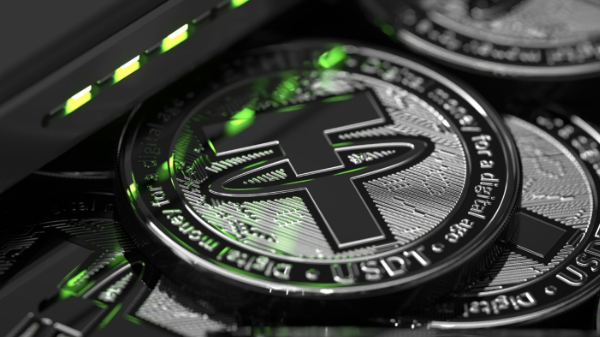
Since its launch in 2014, Tether (USDT) has been at the center of both praise and controversy. Yet here we are in 2025, and Tether remains the most trusted stablecoin globally. Despite competition from new and sophisticated rivals, regulatory scrutiny, and evolving market conditions, USDT still leads the pack. Why? The answer lies in a combination of consistent reliability, liquidity, brand dominance, and market utility that has only strengthened over time.
One of the main reasons Tether maintains its position as the most trusted stablecoin is its sheer ubiquity. It’s available on virtually every major exchange, supported by nearly every decentralized application that involves stablecoins, and used in millions of transactions daily. Tether’s seamless integration into both centralized and decentralized finance ecosystems has made it indispensable. Whether you’re a casual trader, institutional investor, or DeFi enthusiast, chances are you’ve used USDT more than once—and for good reason.
Tether has also matured considerably in how it manages transparency. Critics have long challenged the company on the nature of its reserves, but since 2021, Tether has made continuous efforts to release independent attestation reports. By 2025, these reports are not only more frequent but also far more detailed, providing a level of clarity that wasn’t available just a few years ago. This move toward increased financial transparency has helped bolster Tether’s reliability, especially as regulators around the world ramp up their scrutiny of digital assets. The company has learned to adapt, which is key to building long-term trust.
Moreover, the operational resilience of Tether has contributed to its enduring popularity. While some stablecoins have suffered under stress—depegging events, liquidity shortages, or even collapses—USDT has consistently maintained its peg to the US dollar. Even in moments of extreme market volatility, Tether’s price has remained close to $1. This consistency gives users the confidence to store value in USDT without fear of loss due to sudden value fluctuations, a key requirement for a trusted stablecoin.
Another critical component of Tether’s ongoing success is its strategic expansion. In recent years, the company has broadened its operations beyond just being a stablecoin provider. It now supports multiple blockchain networks, including Ethereum, Tron, Solana, and others, making USDT more accessible and cost-effective to use depending on the chain. In 2025, Tether is also expanding into emerging markets, where local currencies may be unstable or heavily inflated. In these regions, USDT is often viewed not just as a crypto token but as a practical financial lifeline.
Additionally, user behavior has significantly influenced the USDT popularity in 2025. For millions of people worldwide, USDT isn’t just another digital asset—it’s a store of value, a medium of exchange, and even a unit of account. Merchants accept it, payroll companies use it for international employees, and remittance flows increasingly favor USDT due to its speed and low fees. The network effects are undeniable; the more USDT is used, the more people trust it, and the more trust it gains, the more dominant it becomes.
Regulatory adaptation also plays a role. Unlike algorithmic stablecoins that have failed spectacularly due to flawed designs, Tether has maintained a fiat-collateralized model that regulators better understand. This has opened doors for cautious institutional players to begin experimenting with or adopting USDT as part of their digital asset strategies.
Finally, reputation and time-tested history can’t be ignored. In a space where new projects appear and disappear at lightning speed, Tether has the advantage of longevity. People remember that it has survived every wave of criticism, every bear market, and every competitor’s attack. In many ways, its endurance has become a badge of honor.
In conclusion, Tether’s dominant position as the most trusted stablecoin in 2025 is not a coincidence. It’s the result of continuous evolution, deep liquidity, robust infrastructure, and growing trust across the crypto landscape. While the market will always have room for alternatives, USDT continues to set the benchmark for what a stablecoin should be—reliable, accessible, and consistently pegged.
